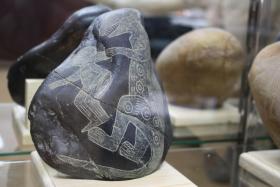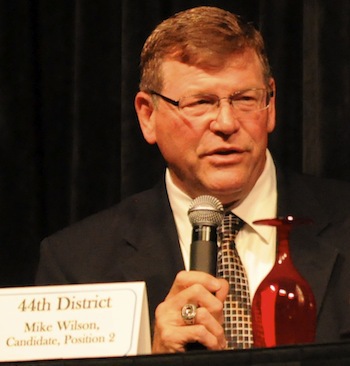By Kimberly Powell, Native American Encyclopedia
Whether you want to become an enrolled member of a federally recognized tribe, verify a family tradition that you descended from an American Indian, or just want to learn more about your roots, researching your Native American family tree beings just like any other genealogy research – with yourself.
Starting Your Climb Up the Family Tree
Unless you have a large collection of facts on your Indian ancestor, including names, dates, and tribe, it is usually not helpful to begin your search in Indian records. Learn everything that you can about your parents, grandparents, and more distant ancestors, including ancestral names; dates of birth, marriages, and death; and the places where your ancestors were born, married, and died.
Tracking Down the Tribe
During the initial phase of your research, the goal, especially for tribal membership purposes, is to establish and document the relationships of Indian ancestors and to identify the Indian tribe with which your ancestor may have been affiliated. If you’re having trouble finding clues to your ancestor’s tribal affiliation, study the localities in which your Indian ancestors were born and lived. Comparing this with Indian tribes that historically resided in or currently live in those geographical areas may help you to narrow down the tribal possibilities. The Tribal Leaders Directory published by the U.S. Bureau of Indian Affairs lists all 562 federally recognized American Indian Tribes and Alaska Natives in a PDF document. Alternatively, you can access this same information through an easy to browse database of Federally Recognized American Indian Tribes, from the American Indian Heritage Foundation. John R. Swanton’s, “The Indian Tribes of North America,” is another excellent source of information on more than 600 tribes, sub-tribes, and bands.
Bone Up on the Background
Once you’ve narrowed your search to a tribe or tribes, it is time to do some reading on tribal history. This will not only help you understand the traditions and culture of the tribe in question, but also evaluate your family stories and legends against historical facts. More general information on the history of Native American tribes can be found online, while more in-depth tribal histories have been published in book form. For the most historically accurate works, look for tribal histories published by University Press.
Next Step – National Archives
Once you’ve identified the tribal affiliation of your Native American ancestors, it is time to begin research in records about American Indians. Because the U.S. federal government interacted frequently with the Native American tribes and nations during the settlement of the United States, many useful records are available in repositories such as the National Archives. The Native American collection at the National Archives includes many of the records created by branches of the Bureau of Indian Affairs, including annual tribal census rolls, lists relating to Indian removal, school records, estate records, and claims and allotment records. Any American Indian who fought with federal troops may have a record of veteran’s benefits or bounty land. For more information on the specific records held by the National Archives, visit their Native American Genealogy guide or check out “Guide to Records in the National Archives of the United States Relating to American Indians,” compiled by archivist Edward E. Hill.
If you want to do your research in person, most of the main tribal records are stored at the National Archives Southwest Region in Fort Worth, Texas. Even more accessible, some of the most popular of these records have been digitized by NARA and placed online for easy searching and viewing in the Archival Research Catalog (ARC). Online Native American records at NARA include:
- Index to the Final (Dawes) Rolls of the Five Civilized Tribes
- Index to Applications Submitted for the Eastern Cherokee Roll of 1909 (Guion-Miller Roll)
- Wallace Roll of Cherokee Freedmen in Indian Territory, 1890
- Kern-Clifton Roll of Cherokee Freedmen, January 16, 1867
- 1896 Citizenship Applications
>>Links to the above digitized documents and other online Indian records. Bureau of Indian Affairs
If your ancestors had land in trust or went through probate, the BIA field offices in selected areas throughout the United States may have some records concerning Indian ancestry. However, the BIA field offices do not maintain current or historic records of all individuals who possess some degree of Indian blood. The records the BIA holds are current rather than historic tribal membership enrollment lists. These lists (commonly called “rolls”) do not have supporting documentation (such as birth certificates) for each tribal member listed. The BIA created these rolls while the BIA maintained tribal membership rolls.
Source: about.com














